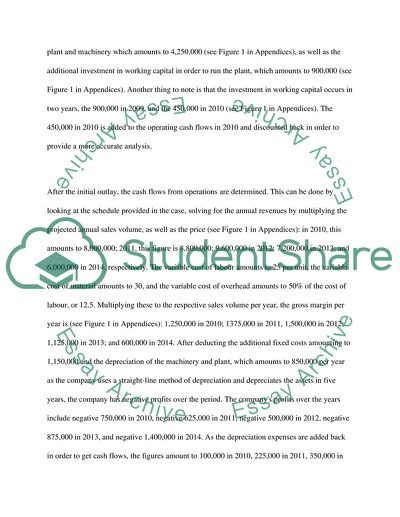Cite this document
(Financial Management of Paddle Your Own Canoe Plc Assignment, n.d.)
Financial Management of Paddle Your Own Canoe Plc Assignment. Retrieved from https://studentshare.org/finance-accounting/1724304-finanical-management
Financial Management of Paddle Your Own Canoe Plc Assignment. Retrieved from https://studentshare.org/finance-accounting/1724304-finanical-management
(Financial Management of Paddle Your Own Canoe Plc Assignment)
Financial Management of Paddle Your Own Canoe Plc Assignment. https://studentshare.org/finance-accounting/1724304-finanical-management.
Financial Management of Paddle Your Own Canoe Plc Assignment. https://studentshare.org/finance-accounting/1724304-finanical-management.
“Financial Management of Paddle Your Own Canoe Plc Assignment”, n.d. https://studentshare.org/finance-accounting/1724304-finanical-management.


